Immigrant survivors, like anyone, may experience a variety of forms of intimate partner violence: such as physical, emotional, sexual, financial, spiritual, threats, and coercion. However, they also face unique and compounding risks. Language barriers, lack of culturally responsive services, and unfamiliarity with U.S. legal systems make it harder to seek help. Survivors may worry they won’t be believed because they don’t speak English fluently. They may fear that leaving an abusive partner will mean losing their children, their housing, or their chance at staying in the country. Many do not know their rights, and even in moments of extreme danger, feel they must choose between silence and exposure







